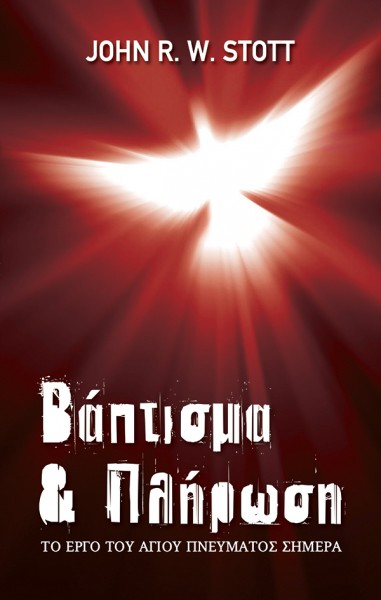
In another crowd, a pregnant schoolgirl with sullen eyes. “What about this?” he demanded, showing an ugly rope burn. In another group a Negro lowered his collar. She ripped open a sleeve to reveal a tattooed number from a Nazi concentration camp.

“Can God judge us? How can he know about suffering?” snapped a pert brunette. But some groups near the front talked heatedly – not with cringing shame, but with belligerence. Most shrank back from the brilliant light before them. This essay puts both exegetical and theological questions on display it does not attempt to answer all of these questions, but rather suggests a number of ways in which the next phase of the discussion ought to engage them.Sponsor Show Your Support Become a PatronĪt the end of time, billions of people were scattered on a great plain before God’s throne.

What is needed, then, is an appraisal of the Socinian perspective that takes their exegesis seriously but does so in conversation with the broader New Testament witness and its theological implications. For those seeking to close the gap between biblical and theological scholarship, both Socinus’s anti-Trinitarian approach and Moffitt’s narrowly historical approach remain problematic even though they present strong arguments for their interpretation of particular texts.

This debate, moreover, has received new life in the recent work of David Moffitt (Atonement and the Logic of the Resurrection in the Epistle to the Hebrews 2011), who adheres closely to the Socinian view.

However, another lesser-known debate regarding the sequence of the atonement has raged at least since Faustus Socinus argued in 1578 that Christ accomplished atonement not on the cross, but via his post-resurrection appearance and self-offering in heaven. Current atonement debates usually revolve around models and metaphors (Christus victor, penal substitution, etc.).


 0 kommentar(er)
0 kommentar(er)
